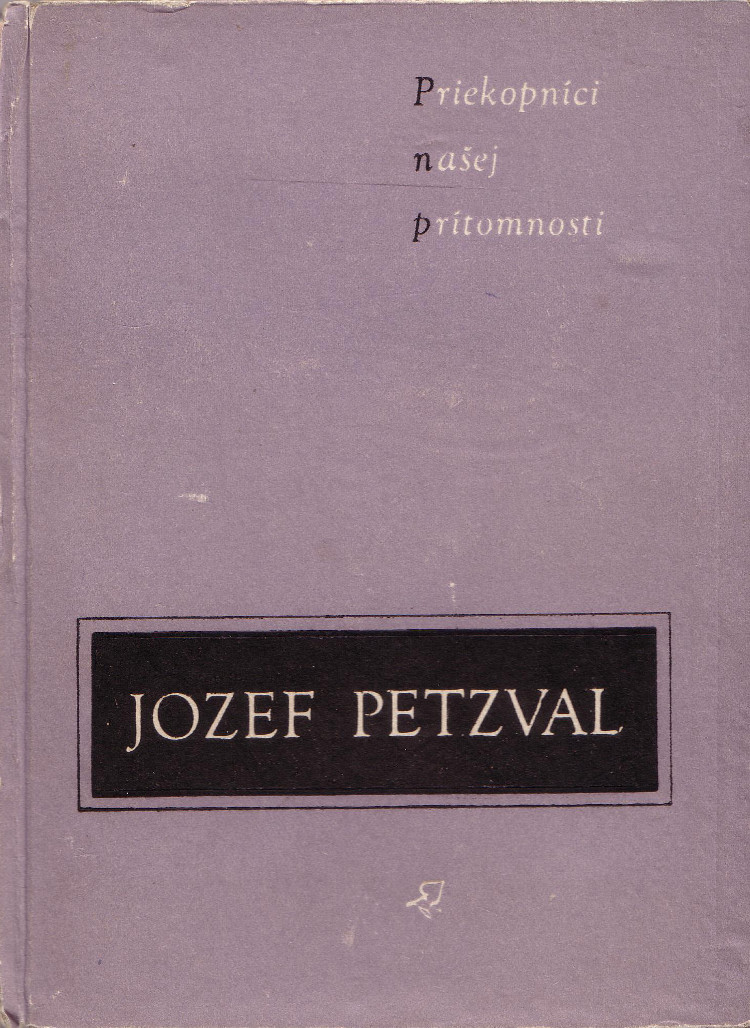Elizabeth Ellsworth, Jamie Kruse (eds.): Making the Geologic Now: Responses to Material Conditions of Contemporary Life (2012)
Filed under book | Tags: · art, earth, geology, land, photography

Making the Geologic Now announces shifts in cultural sensibilities and practices. It offers early sightings of an increasingly widespread turn toward the geologic as source of explanation, motivation, and inspiration for creative responses to conditions of the present moment. In the spirit of a broadside, this edited collection circulates images and short essays from over 40 artists, designers, architects, scholars, and journalists who are actively exploring and creatively responding to the geologic depth of “now.” Contributors’ ideas and works are drawn from architecture, design, contemporary philosophy and art. They are offered as test sites for what might become thinkable or possible if humans were to collectively take up the geologic as our instructive co-designer—as a partner in designing thoughts, objects, systems, and experiences.
Recent natural and human-made events triggered by or triggering the geologic have made volatile earth forces sense-able and relevant with new levels of intensity. As a condition of contemporary life in 2012, the geologic “now” is lived as a cascade of events. Humans and what we build participate in their unfolding. Today, and unlike the environmental movements of the 1970s, the geologic counts as “the environment” and invites us to extend our active awareness of inhabitation out to the cosmos and down to the Earth’s iron core.
A new cultural sensibility is emerging. As we struggle to understand and meet new material realities of earth and life on earth, it becomes increasingly obvious that the geologic is not just about rocks. We now cohabit with the geologic in unprecedented ways, in teeming assemblages of exchange and interaction among geologic materials and forces and the bio, cosmo, socio, political, legal, economic, strategic, and imaginary. As a reading and viewing experience, Making the Geologic Now is designed to move through culture, sounding an alert from the unfolding edge of the “geologic turn” that is now propagating through contemporary ideas and practices.
Publisher Punctum Books, Brooklyn, New York, December 2012
Creative Commons BY-NC-ND 3.0 License
ISBN 9780615766362
262 pages
Ivan Rumanovský: Jozef Petzval: Život a dielo (1957) [Slovak]
Filed under book | Tags: · biography, mathematics, photography, physics

Biografia matematika, fyzika a vynálezcu zo Spišskej Belej od inžiniera a historika filmu Ivana Rumanovského. Jozef Petzval sa preslávil ako viedenský profesor matematiky, ktorý výrazne zasiahol do dejín optiky a fotografie.
Publisher Osveta, Martin, 1957
Priekopníci našej prítomnosti series, Vol. 7
61 pages
PDF (no OCR)
Comment (0)Ben F. Laposky: Electronic Abstractions: A New Approach to Design (1953)
Filed under catalogue | Tags: · abstract art, electronic art, photography, television

“In 1950 American draftsman, graphic artist and mathematician Benjamin F. Laposky of Cherokee, Iowa, first used a cathode ray oscilloscope with sine wave generators and various other electrical and electronic circuits to create abstract art, which he called ‘electrical compositions’. The electrical vibrations shown on the screen of the oscilloscope, which included Lissajous figures, he recorded by still photography. Some of Laposky’s images were published in Scripta Mathematica in 1952.
In 1953 Laposky exhibited fifty images that called ‘Oscillons’ (or oscillogram designs) at the Sanford Museum in Cherokee, Iowa. To record this exhibition Laposky published an exhibition catalogue entitled electronic abstractions. Because of this exhibition Laposky is credited as the earliest pioneer in electronic art, more specifically in the analog vector medium. In later work Laposky also incorporated motorized rotating filters of variable speed to color the patterns. He never programmed computers to create images.
A version of Laposky’s electronic abstractions show was exhibited across the United States, in France at LeMons, and other places by the Cultural Relations Section of the United States from 1953 to 1961.” (source)
Self-published, Cherokee, Iowa
16 pages
via Vasulka Archive
garments inspired by Laposky’s oscillons, designed by Kim Hagelind
PDF
PDF (additional material, 5 pages)

